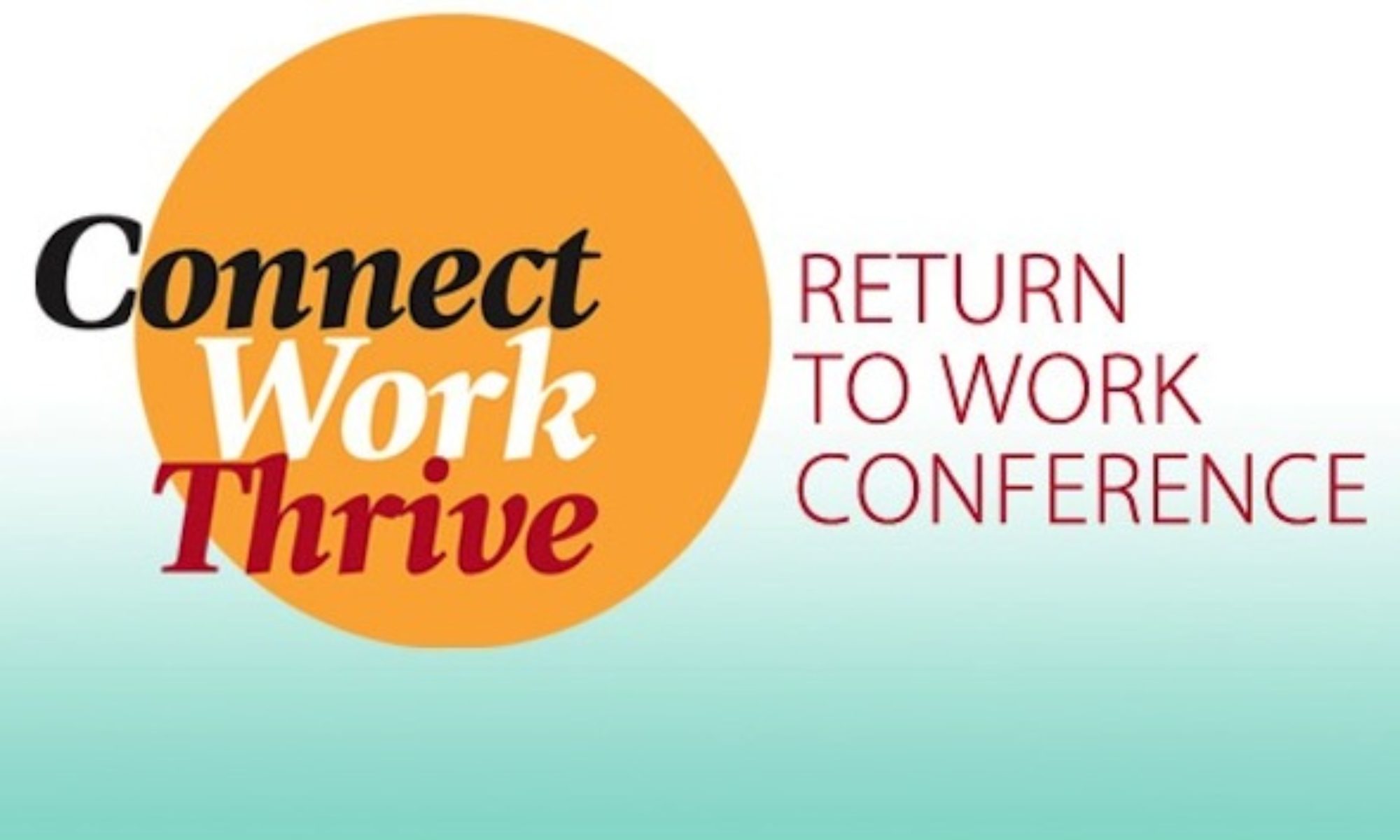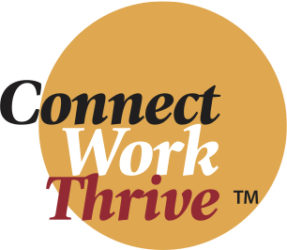Vicki Harrison, Founder of The Flex Frontier, recently interviewed Johanna Wise, CEO and Founder of Refresh Your Career and the Connect•Work•Thrive Conferences. She shared some of the diversity trends she has been tracking, what they mean for individuals trying to resume their careers after sabbaticals, and how she is bringing employers to the table to start tackling the issue at the upcoming Silicon Valley Workforce Diversity Summit.
Vicki: What are some of the current trends you have discovered about diversity in the workforce?
Johanna: The biggest trend recently is companies are finally publishing data about who they are employing. And it has uncovered a startling lack of diversity. Until the data came out, we didn’t see how prevalent and consistent it is across companies. The consistent trend is a high tech workforce made up of about 30% women and 70% men. In addition to finally seeing data about gender we are also starting to see some on racial minorities, the LGBT population, and the differently-abled. Shared interest groups have been pushing for this data and it is finally coming out. However, one area we are NOT finding data about is age. I know many mid-career professionals who feel they are being discriminated against due to age. We need to see more age data. This is a glaring problem we know is there, but it’s difficult to make change without understanding the data.
Vicki: What is behind this problem?
Johanna: From what we can tell, this imbalance was not an intentional outcome, but it obviously represents some troubling truths. Recruitment is not the problem. Retention is. Women find the cultural environment at some tech companies difficult. If you look at the data, there is 10 year dropoff for tenure of women in tech. Those that stick it out last about 10 years and then disappear. We have many people working in Silicon Valley who come from cultures where women are not well educated and don’t rise in the ranks. American women expect equality in the workplace and therefore don’t stand for these attitudes and practices. So many eventually leave. These issues need to be addressed at the organizational level.
Vicki: How do these trends impact professionals trying to return to work after a career break?
Johanna: Silicon Valley tends to hire young people yet people returning to work tend to be older than in prior generations. This exacerbates the problem. About 80% of my Return To Work conference attendees are women. This is representative of a demographic shift. Because women are having children later in life, they are older than in previous generations when they come back in to the workforce. Now they are coming back in their 40’s and 50s and although it shouldn’t, their age is sometimes working against them. Employers should be seeing this as an advantage. The fact that these applicants had children later in life shows that they had major career experience before kids. This is a highly valuable talent pool with considerable experience and employers need to make a shift to recognize their potential. Nearly all of the people I work with who have stepped out of the workforce have been volunteering, working part time, or involved in some other type of projects. Whether paid or not, they made a significant contribution and acquired transferable skills. Companies need to be more receptive to these experiences and understand that those sabbaticals have applicability to the jobs they are applying for.
Vicki: What should we do about it?
Johanna: We need to continue to increase awareness. Companies are gradually becoming more aware. Up until this point they haven’t felt compelled to do anything about it because they have been profitable despite their lack of diversity. But they need to consider this from a business perspective. If they look at their customer base – it is probably not reflective of their employee demographics. Are only 30% of technology users women? No. So the tech companies need to realize that their products are not being designed to be as inclusive of their customers as they could be. Women and men may use certain products differently, so with a proportionate number of women on a design team, they will most likely come up with features and ways of describing products that appeal to all groups. If everyone in the room has the same perspective, you aren’t learning anything new. A diverse company can produce more diverse, competitive products.
Vicki: What are the goals for the Workplace Diversity Summit Feb 10th you are co-organizing with the Mountain View Chamber of Commerce and MESA?
Johanna: The goal is to raise awareness and offer employers practical strategies for developing and retaining a diverse workforce.
Ken Coleman, Chairman of Saama Technologies and Dave Clark, Co-anchor KTVU-TV, will present the business case for diversity. Caroline Simard, the Director of Research at the Clayman Institute for Gender Research will describe the economic value of creating inclusive organizations. Executives from Intel, Cisco, Capgemini and others will share what they’ve done in their companies that has been successful. The summit will wrap up with a panel discussion on the STEM pipeline with Tom Torlakson, the California State Superintendent of Public Schools and several other distinguished speakers. This is new territory in many ways so we fully expect the discussions will uncover new questions that need answers and that we will continue the conversation with another summit later in the year.
Vicki: What resources or suggestions do you recommend to professionals returning from a career break?
Johanna: My main suggestion is to take full advantage of social and professional networks. Don’t hesitate to reach out to people from jobs held decades ago, college, or even high school. You will find most people with whom you have shared experiences are very receptive to networking. Former colleagues knew the value you brought back then and can be strong advocates, despite the passage of time.
Conferences are a good way to find others in exactly the same position. Searching for work, especially after a career sabbatical, can be a lonely, demoralizing experience. Attending a conference can help job seekers regain confidence, meet career professionals and potential employers, and walk away with some new ideas and strategies.
Conference Details:
The Workforce Diversity Summit will be held Tuesday, February 10, 2015 8:00 AM to 5:00 PM at the Microsoft Campus in Mountain View, CA.
The Connect Work Thrive Return to Work Conference will be held Feb 4, 2015 9:30am – 4:30pm at the Silicon Valley Community Foundation in Mountain View. The daylong conference includes:
- 9 workshops
- complimentary one-on-one image consulting
- an onsite headshot photographer
- morning refreshments and lunch
- opportunities to network with employers, career experts, and fellow attendees


